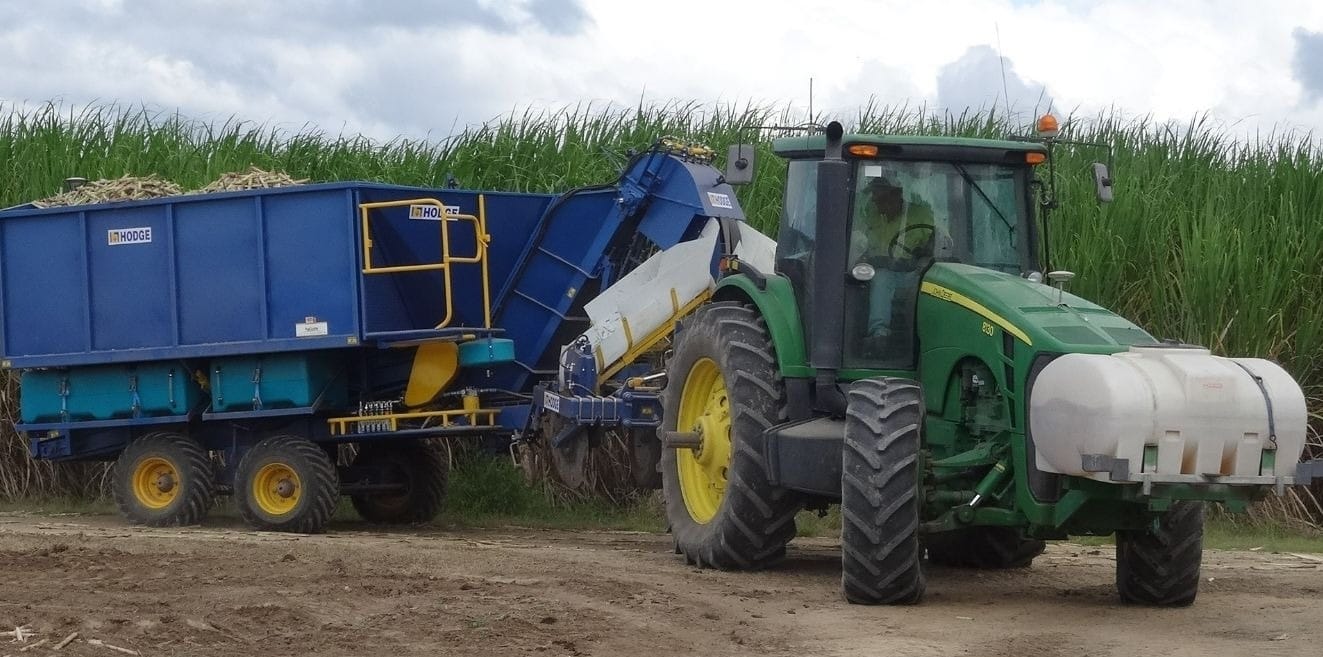Growing time for Lean
We hear time and time (and time and time) again that people “Can’t find time” for lean, every day is too busy with customer inquiries, machine breakdown, people issues and just getting the job done. Ironically, it’s finding time to implement a few of the lean philosophies which will actually create more time in your day to implement further initiatives. So then how do we get started?
1. Awareness of your Time
“Busy” has become the catch-all cry for this decade, the reason why we can’t see our friends, or make time to exercise. But we all know people who seem to get so much more done in their 24 hours that we all have each day, that it seems like magic.
The first step to growing our time is to be aware of where our time is spent. Spent 10 minutes outlining what a typical day at work looks like, as well as a weekly spread of meetings. Highlight this areas that are moving you towards your goals; these are the “big rocks”** that we need to schedule into out work week first. Next highlight all of the tasks other people can or should be doing. Thirdly highlight those activities that are an absolute waste of time. That leaves all of the noise where “stuff” was begin done but it wasn’t focussed or moving you towards your goals.
Now we are aware of where some of our times goes, we need to take charge
2. Making a real commitment
Taking charge of our time is part of making a commitment to the activities that will move up towards our goals. And it also includes making a commitment to NOT doing the things that aren’t helping us. A simple checklist of the tasks that MUST be done each day and across the week can really help us to focus. Sometimes it may not be a set task but simple an allocation of time. The actions taken during that time may be part of a bigger project.
For example, let’s say you are a production manager, running four cells that have started implementing 5S but are having trouble gain traction and getting those little tasks done; a new shelf or shadow board. If you can dedicate 20 minutes a day and visit one cell each day. Talk to them about their activities and focus their time and energy in to getting these small tasks done. We need to show our people that these tasks are important. By taking a real interest and helping them accomplishe small tasks, the foundation for real change has been laid.
3. Sticking to it
Once you have made a commitment, we need to stick to it. Make your intentions public; post a roster to let your teams know when to expect you. We are much more likely to stick to our commitments when we stand to lose face if we don;t follow through. Do your best to stick to your allocated time and tasks. Also note when they just couldn’t be accomplished. WE often overestimate what we can do in a single amount of time, but underestimate what we can actually achieve when lot of these smaller time units start wot build up. Spending 20 minutes each day focussed on 5S, isn’t a huge amount of time but it means we have spent 100 minutes that week. That adds up to over 6 hours a month and 80 hours for the year. And you have spent that time engaging others to also do their bit towards 5S and creating the foundation for true improvement.
4. Refining
Keep track of how you are going to your time commitments and adjust as needed. Here you need to be honest with yourself. If you missed a 5S session, was there another way to move a task or get someone else to help you out. By talking with your boss, get his commitment to helping you achieve your focuses lean time. And this done take practise, as with any new skill that we learn. And good time management is s skill that can be learnt and refines, just as playing basketball, learning French or playing the piano.
Growing your time for lean must start with being aware of how you are spending your week, making a commitment however small, to keeping lean “dates” and being honest with yourself as to how you are going. remember that as these times grown and lean takes hole. you will be able to change your focus an get stuck into the real issues. But as fruit tree won’t bar fruit until the branches and leaves have grown, then it can grow it’s flowers and turn them into fruit. We all need to start somewhere on our lean journey and growing time is the place to start.
** Big rocks is a concept by Stephen Covey You can see his visual explanation here.






